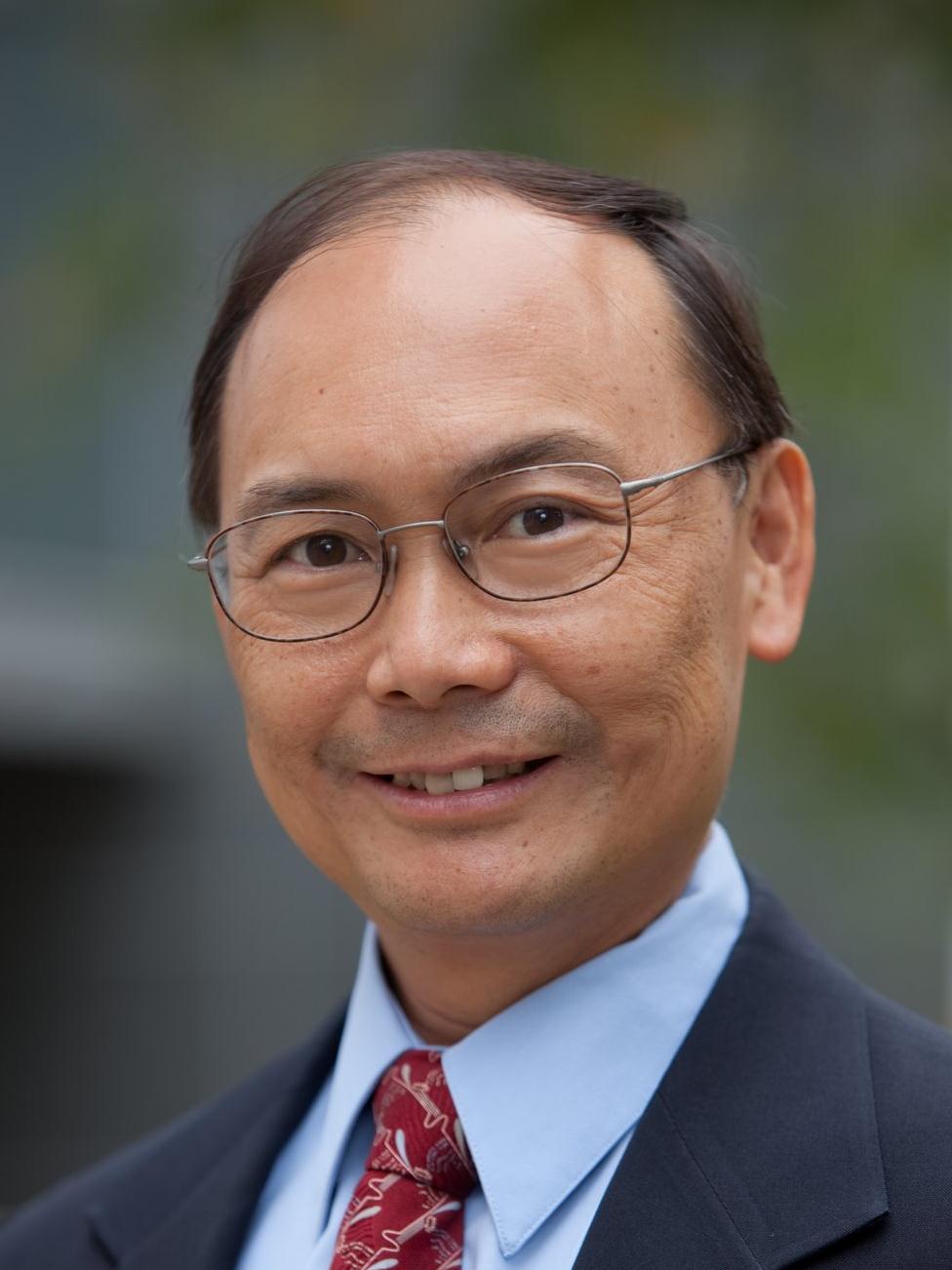 Title:
Title:
A. Photovoltaic Applications of Dilute Nitrides
B. Entrepreneurship Programs at UC San Diego
Speaker:Charles W. Tu 杜武青
Time:Friday,10:30 a.m.,21th August20
Place:A718
Abstract:
Dilute nitrides are interesting because only a small amount of nitrogen incorporation (~ 1%) in conventional III-V compounds results in very large bandgap bowing, large change of band lineups, and even change in band structures.
The strong interaction between N localized states and the host alloy extended states results in the conduction band bing split into two sub-bands, namely E- and E+ bands and a large bandgap bowing. The E- band, acting as an intermediate band between the valence and E+ bands, can be a stepping stone for sub-band gap, low-energy photons to excite carriers across the gap via a two-step process. This makes GaNAsP, with [N] around 1~2%, a promising candidate for high-efficiency intermediate-band solar cell material.
Toward the end of the seminar Prof.Tu will talk about the various entrepreneurship programs at UC San Diego to help undergraduates, graduate students, researchers and faculty to commercialize their ideas and research results.
Bio:
Charles W. Tu 杜武青, is a Distinguished Professor in the Department of Electrical and Computer Engineering and a former Associate Dean of the Jacobs School of Engineering, University of California, San Diego. Previously he was a Distinguished Member of Technical Staff at AT&T Bell Laboratories in Murray Hill, New Jersey.
His research interest includes molecular beam epitaxy (MBE) of novel compound semiconductors, in particular, nanostructured materials and dilute nitrides in recent years, for various applications. He has co-authored over 400 journal papers and 6 patents.
His recent awards include Taiwan’s Pan Wen-yuan Distinguished Research Award (2009), North American MBE Conference’s MBE Innovator Award (2011), an honorary doctorate from Link?ping University, Sweden (2013), and the IEEE Region 6 Outstanding Educator Award (2014). He is a Fellow of the IEEE, AVS Science and Technology Society, and American Physical Society.

